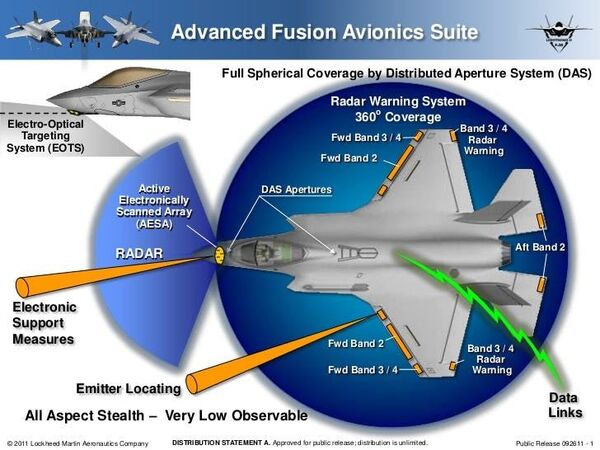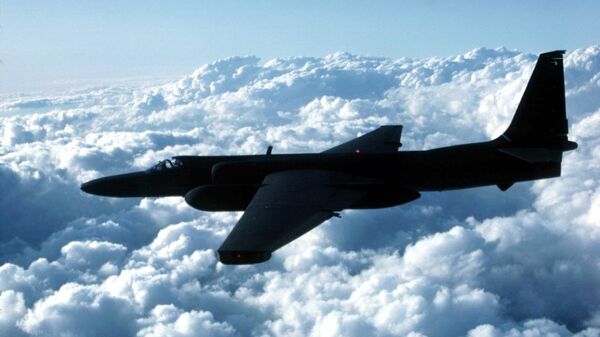According to a report by Defense One, a US Air Force U-2 Dragon Lady was able to act as an “airborne communications node” between an F-35A Lightning II and a surrogate Integrated Air and Missile Defense Battle Command System (IBCS). A parallel pathway via a ground station got the same information to an Army missile-command system.
A November 2019 drill at Doña Ana Range in eastern New Mexico saw an F-35 feed targeting information to a HIMARS rocket artillery system on the ground, enabling it to fire on and destroy an air defense station many miles away. This new drill in July demonstrated that a U-2 - or really any aircraft carrying an Airborne Sensor Adaptation Kit - can act as a relay between the two, greatly extending the range at which this communication can occur, as well as that the same information can be sent along multiple pathways at once.
The inclusion of IBCS means targeting information can also be fed to a PAC-3 Patriot missile battery. Similar connections have previously been established between the F-35 and F-22 Raptor interceptors, as well as SM-3 IIA anti-air missiles positioned on US Navy destroyers.
“F-35 data collected from the U-2 airborne relay will serve to validate that a single IBCS Airborne Sensor A-Kit can serve multiple pathways to get data from F-35 and ISR assets,” Lockheed Martin said in a statement obtained by Defense One prior to its official release. A previous drill in September 2019 used a U-2 as the sole relay for anti-ballistic missile targeting.
The stealthy F-35’s survivability is enhanced by its vast array of sensors, which vacuum up electronics and signals intelligence, creating a picture of the battlefield on which to base subsequent missions, as well as plot its own flight path around dangerous spots.

“By tying that F-35 data through our A-Kit into IBCS, now we have immediate capability to combine that data with ground sensor data for air and missile defense and pipe that over and use it with our PAC-3 missile,” Brad Just, a program director at Lockheed Martin’s missile and fires control division, told Defense One.
“We can use the F-35 data, whether they’re tracking incoming [tactical ballistic missiles] or, such as in these Orange Flag events, they’re tracking incoming aircraft. Or sometimes they’re even tracking cruise missiles or helicopters,” he noted.

